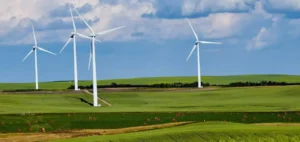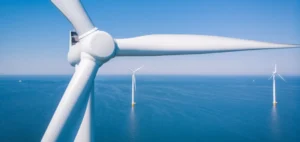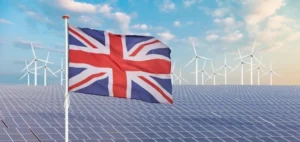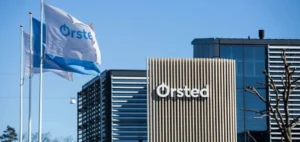Octopus Energy is accelerating the deployment of renewable energy in Germany after entering the market this year. The group announces the deployment of two wind farms with a combined capacity of 57 MW to power more than 41,000 homes. The two wind farms will thus avoid the emission of more than 55,000 tons of carbon dioxide per year.
Octopus Energy invests in German infrastructure
Octopus Energy, in a first agreement, acquires a wind farm owned by the operators JUWI and wiwi consult. The 22.4 MW wind farm, currently under construction, is located in Wörrstadt near Frankfurt. In addition, it includes 4 Vestas turbines, each 241 meters high, and should be operational in 2023.
In a second agreement, Octopus Energy acquired the Leeskow wind farm in Oberspreewald-Lausitz, near Dresden. The company was acquiring the park from the UKA Group on behalf of the Octopus Renewables Infrastructure Trust (ORIT). The wind farm, operational since September, has a capacity of 34.6 MW for 7 Nordex wind turbines.
Germany already has 56 GW of onshore wind capacity. Berlin introduces measures to accelerate the development of onshore wind power to reduce dependence on Russian fossil fuels. Thus, Germany could be the largest wind power market in Europe over the next five years.
Octopus Energy’s strategy for Germany
Octopus Energy currently serves over 120,000 households in Germany. The company is targeting one million customers by the year 2024. In addition, the company will offer heat pumps as an ecological alternative to gas boilers in homes.
Octopus Energy, one of Europe’s largest energy investors, manages 3 GW of green energy assets across the continent. Both agreements come three months after the company entered the German production market. In addition, the company plans to operate 1,200 MW of wind and solar farms in Germany by 2030.
On a European scale, Octopus Energy generates enough green energy to power 2 million homes each year. The company also launched Fan Club UK 2021, the first local energy tariff. The goal is to provide cheaper energy to customers living near local wind turbines when the wind blows.






















